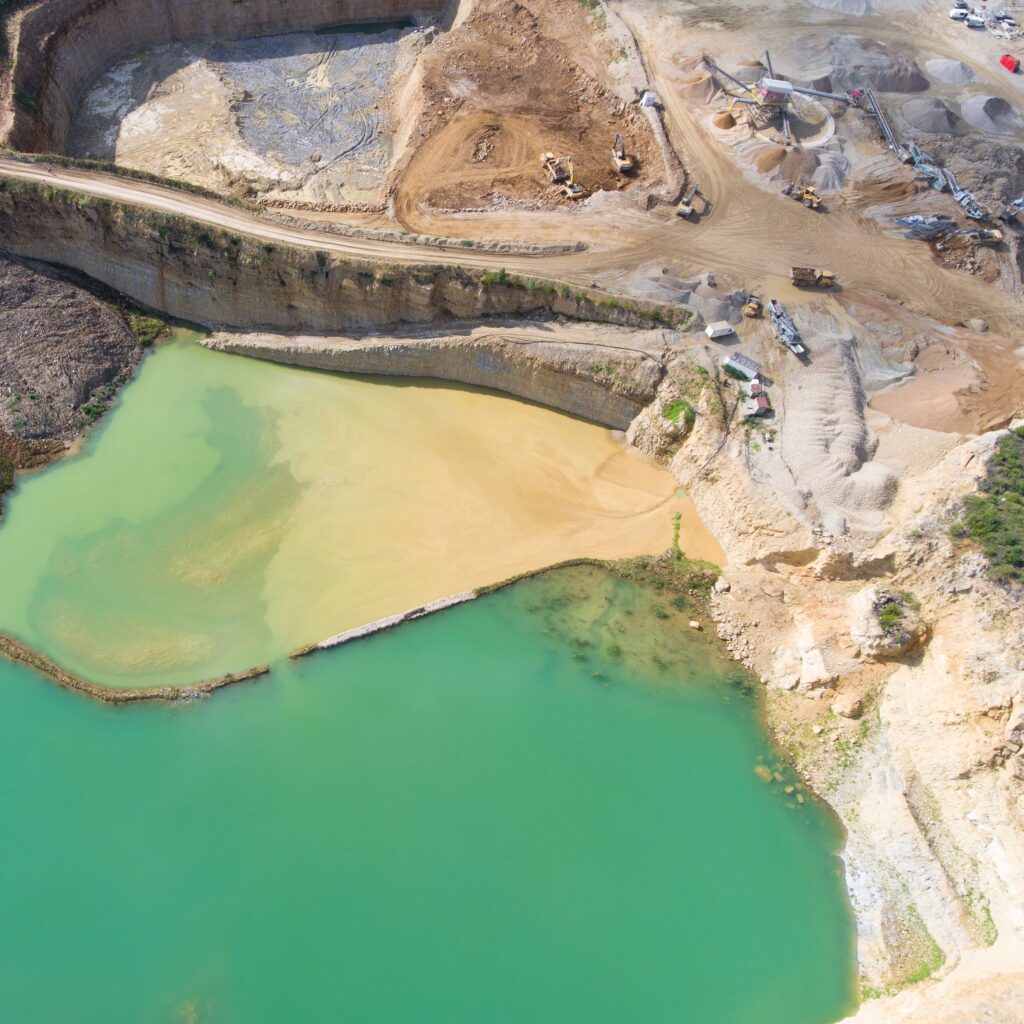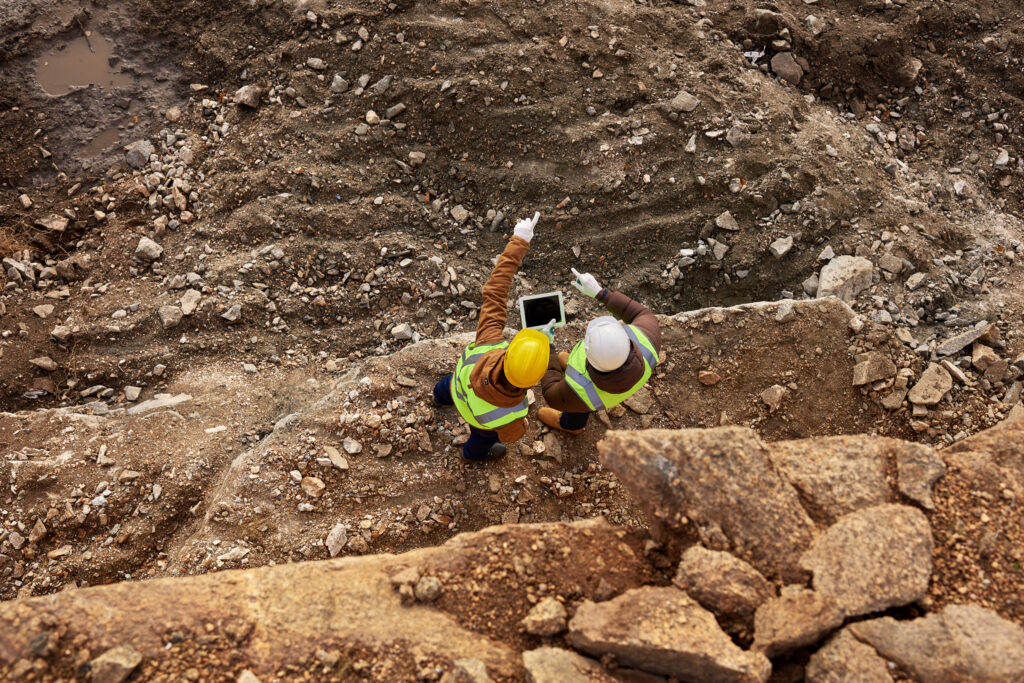The International Standards ISO 45001 2018, Occupational Health and Safety Management Systems – Requirements with Guidance for Use, was recently published by the International Organisation for Standardization. OHS professional speaks with two experts about what it means for OHS professionals in Australia.
What does the introduction of ISO 45001 mean for the Australian OHS profession?
It will mean easier, faster and reduced costs to implement for those organisations who have already successfully implemented ISO management system standards (MSS), for example, ISO 9001:2015 and ISO14001:2015, according to Roland Tan, FSIA, ChOHSP, the SIA’s representative in the SF- 001 committee within Standards Australia.
“It also facilitates the implementation of an integrated management system (quality, environmental, business continuity and other MSS) where the Annex SL directive applies. This directive is a high-level structure established by the ISO where identical core text and common terms and definitions are required of MSS published by the ISO,” explained Tan, who is also an assessor for the SIA’s certification program.
“It also provides an opportunity to benchmark with global best practice in managing OHS risks and initiate opportunities to improve OHS performance.”
Jon Temby, member of the SIA College of Fellows, and executive and chair of the COF Standards Committee, also believes the new ISO 45001 standard will provide a greater opportunity to benchmark Australian OHS against performance in other countries, which have also adopted the standard. “This was not reliably achieved under OHSAS 18001 or AS 4801, despite their similarities,” he said.
Benchmarking will assist continuous improvement as well as better enabling OHS professionals to immediately contribute in different jurisdictions, and Temby also noted that integrated management system compliance will be simpler and more efficient due to the common approach and terminology found in the related standards of ISO 9001 and ISO 14001.
Is the ISo 45001 Standard an improvement of AS/NZS 4801?
Tan said ISO 45001 is an improvement over AS/NZS 4801 for the following reasons:
- The AS/NZS 4801 standard has not been reviewed and updated since 2001 when it was first published.
- The AS/NZS 4801 standard is not an international but an Australian–New Zealand OHS management system standard.
- ISO 45001 has introduced additional terms and definitions to facilitate understanding and implementation (e.g. risk and OH&S risk and OH&S opportunity, top management, objective, effectiveness, process, monitor, incident, corrective action) of an OHS management system.
- The leadership and worker participation clause requirement in ISO 45001 is central to the planning, support and operation, performance evaluation and improvement phases of the OHS management system; the clause requirement describes OHS leadership characteristics that need to be demonstrated.
- ISO 45001 has introduced a new requirement in understanding the organisation and its context, which requires an understanding of the needs and expectations of workers and other interested parties.
- In addition, ISO 45001 has also enhanced similar requirements to AS/NZS 4801 (for example, consultation and participation of workers, planning actions to address risks and opportunities, hazard identification, management of change, emergency preparedness and response).
What are the key outstanding issues that need to be addressed with the Standard?
“The SIA does not believe there is any outstanding issues that must be addressed with the standard,” said Tan. “The standard, as is with other ISO series of management system standards, is not prescriptive to cater to specific jurisdictions and industry sectors; management system standards as a whole are not meant to be prescriptive.”
Organisations intending to benefit from the standard should ensure good understanding of the requirements of the standard, in reference to their business context, interested parties and the organisation’s challenges and expectations, before implementing the standard.
“The Safety Institute of Australia [SIA] has and continues to actively participate in and contribute to the development of the standard. The SIA had researched and identified key issues of the standard and had also surveyed members’ views on key issues. The SIA had recommended to the SF- 001 committee within Standards Australia, improvements to the standard. Four of those SIA recommendations have now been reflected in the international standard,” he explained.
Over 20 other guidelines to supplement the standard have also been submitted to the SF-001 committee post-release of the standard – to facilitate understanding and implementation of the requirements of the standard. Examples of these guidelines include the clarification and examples of hazards, non-OHS risks, competence, legal and other requirements, emergency preparedness and response, monitoring and measurement (calibration), said Tan.
Temby noted that there have been some discussions among other interested parties in relation to their interpretation of the standard for the Australian business context. “Given that there may be an annex of interpretive information developed for the Australian context, we do not believe that there are any significant issues that might hinder implementation at this stage,” he said.
“We do not believe that there are any significant issues that might hinder implementation at this stage.”
“As with all standards, and in particular, ISO standards, it is expected that well-informed OHS professionals will have no difficulty in interpreting the standard both in the Australian context and for the specific business. The SIA’s contributions to the standard are significant and included
member feedback. A number of SIA-sourced points have now been included in ISO 45001 and numerous points for inclusion in the annex have been made. Our special thanks go to the SIA representative on the committee, Mr Roland Tan.”
What are the implications for OHS functions and leaders?
Although the ISO 45001:2018 standard has similar requirements with AS 4801, Tan said some concepts (for example, process-based approach, plan-do-check-act or PDCA cycle to achieve continual improvements, leadership focus, understanding of the context and interested parties and their needs and expectations) and terms (for example, workplace, interested parties, corrective actions) may need to be unlearned, relearned or reinforced.
For those organisations who have successfully implemented MSSs such as ISO 9001:2015 and ISO 14001:2015 (which adhere to ISO’s Annex SL), they should have less difficulty in implementing the ISO 45001:2018 standard, as their core text and terms are the same.
Temby said that as long as OHS functions and leaders carefully review the standard to clarify the similarities and understand the differences, they will be in a good position to influence management decision making in the context of ISO 45001 and its potential for efficient integration with ISO 9001 and ISO 14001. “If an IMS approach has already been implemented, the changes should not be difficult to implement,” he said.
What advice would you offer OHS functions and leaders as a result?
It is important to carefully read and understand the new standard, according to Temby. Consult with appropriate management and operational personnel when conducting a gap analysis against current OHS/WHS practice, foreseeable business needs and priorities and ISO 45001 criteria,” he said.
“Ensure excellent communications with all stakeholders to identify and generate ownership of the actions required and implement them in the context of business needs and ISO 45001 expectations.” Tan also recommended a number of specific steps:
- Get a copy of the ISO 45001:2018 standard and conduct a gap analysis against your existing MSS
- Rectify the gaps (for example, develop or update processes and/or procedures, which could include risk registers, legislative and other registers, position descriptions, leadership, training, worker participation, managing changes, etc)
- Consult and communicate with interested parties (internally and externally); provide training to all interested parties affected by any changes in process and procedures
- Conduct an audit to determine the level of compliance to the ISO 45001:2018 standard
- Initiate corrective actions to rectify the audit findings and continue monitoring, reviewing and improving the MSS at regular intervals
What is the Safety Institute of Australia?
The Safety Institute of Australia is the national association for the health and safety profession. Their vision is for safe and healthy workers in productive workplaces, and pursue this vision by working to build the skills, knowledge and capability of the health and safety profession, and being a voice for that profession.














